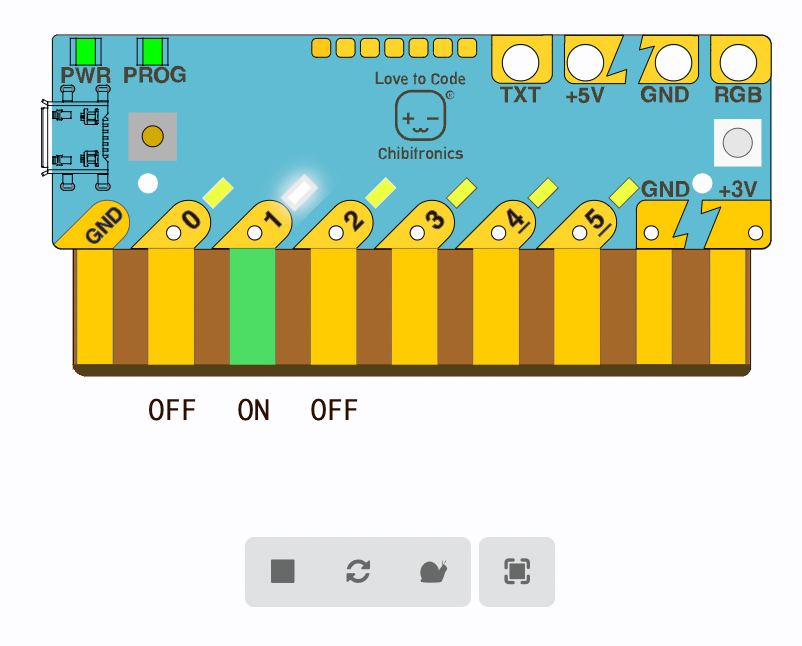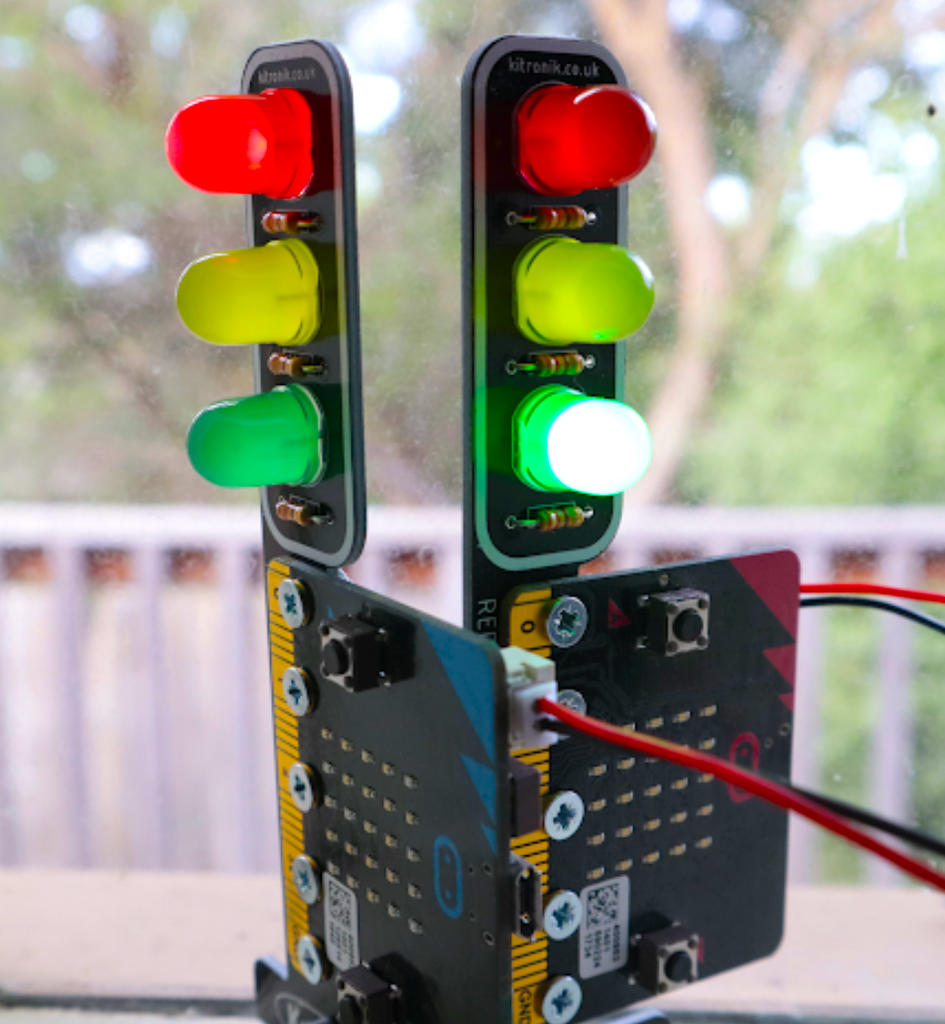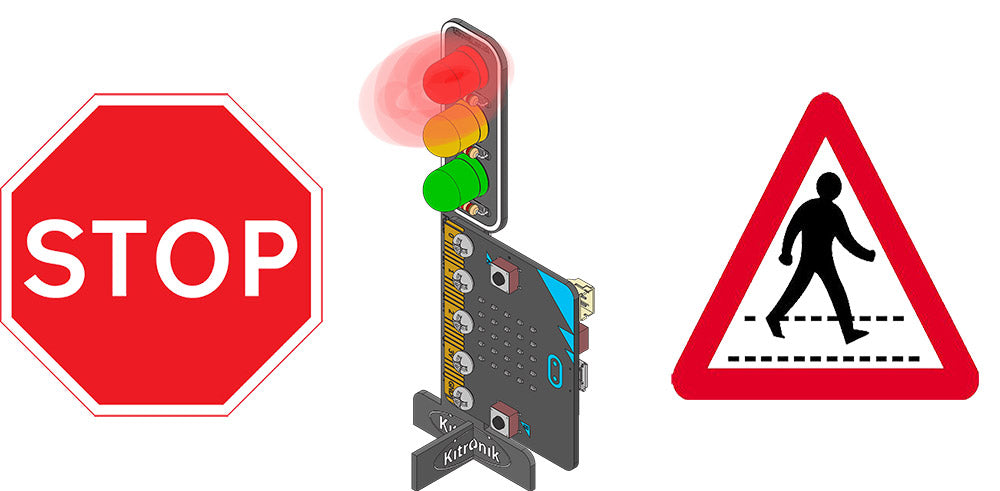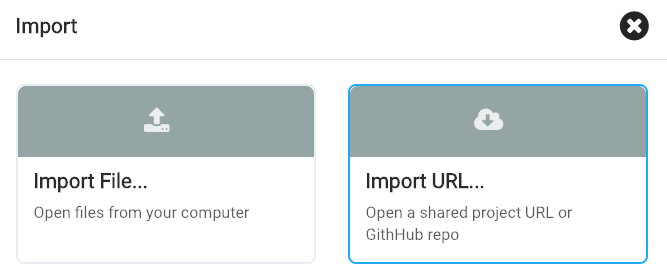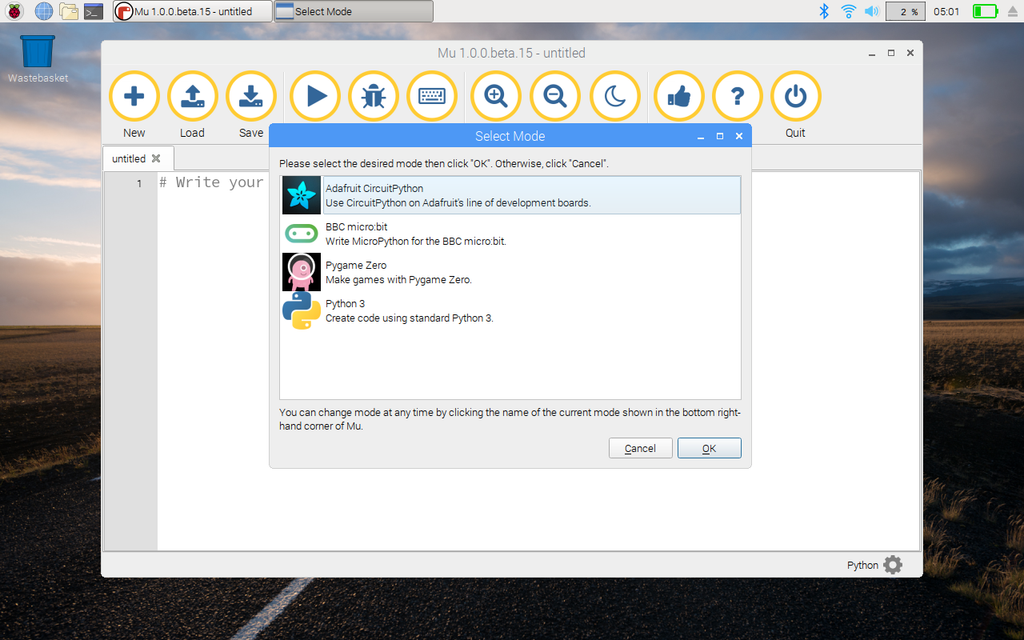Resources — coding
Program and Build Your Own Traffic Lights
3d printing ages 11+ chibitronics Classroom coding digital technologies Laser LED LEDs logic programming traffic lights years 7 and 8
 This project uses visual block programming to model events in the logic of an Australian traffic light and scale this logic to make two traffic lights work in tandem. You can do this solely in a web browser, or push your code onto a Chibi Chip and use conductive tape to incorporate this with physical models designed from a variety of mediums including 3d printing or laser cutting.
This project uses visual block programming to model events in the logic of an Australian traffic light and scale this logic to make two traffic lights work in tandem. You can do this solely in a web browser, or push your code onto a Chibi Chip and use conductive tape to incorporate this with physical models designed from a variety of mediums including 3d printing or laser cutting.
Program micro:bit traffic light sequences in Python with these STOP:bit tutorials
coding logic microbit microbit accessories micropython python radio state table steam stem traffic light traffic lights tutorials wireless
Kitronik micro:bit Traffic Light Tutorials
BBC Coding kitronik LEDs micro:bit micro:bit accessories microbit traffic light
Uploading micro:bit .hex files to makecode.microbit.org
coding hex file makecode microbit microbit tips microsoft program programming pxt upload
Revive old laptops and PCs - program electronics projects with Raspbian OS
Adafruit arduino BBC micro:bit BBC microbit coding makecode microbit MicroPython mu editor old laptop raspberry pi Raspbian scratch

